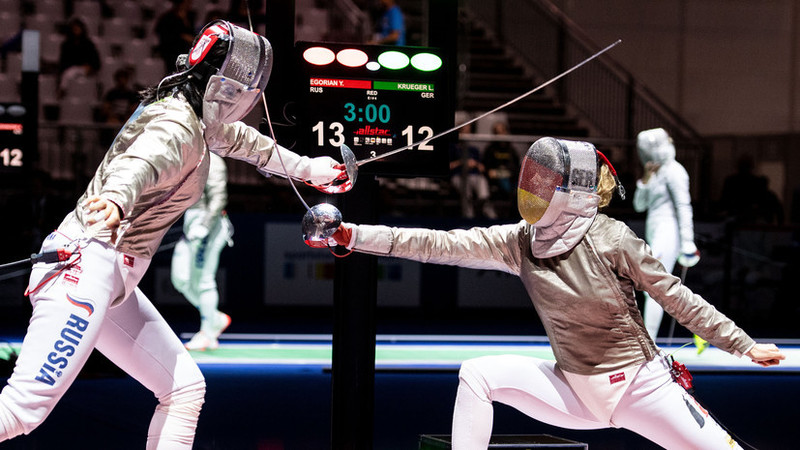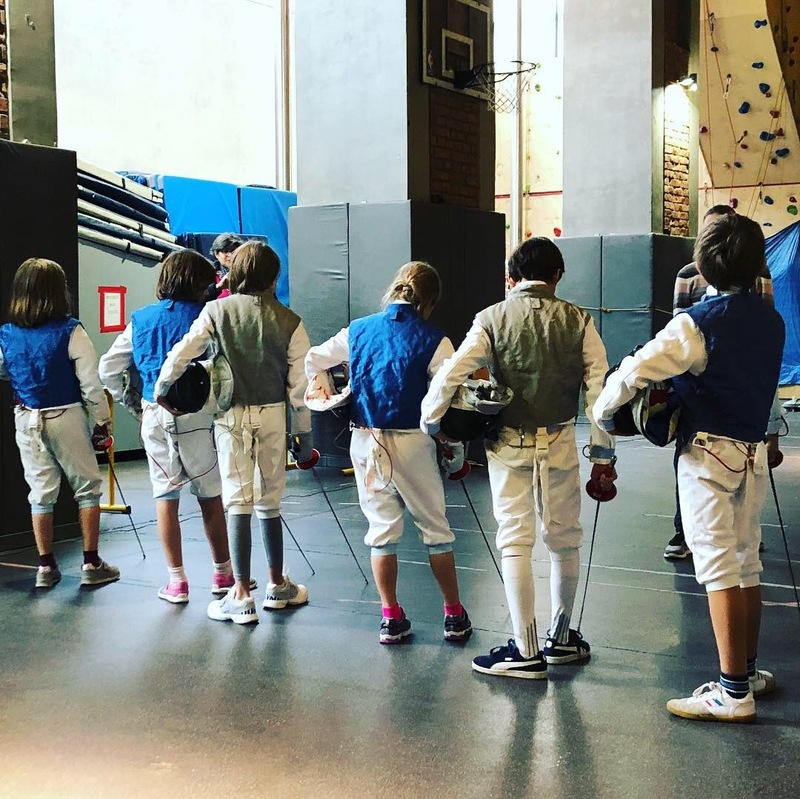tactical skills
FENCING. DESCRIPTION, RULES, HISTORY
 Fencing is a sport that combines three disciplines: rapier, sword, saber.
Fencing is a sport that combines three disciplines: rapier, sword, saber.
Competitions in men are held in three types of weapons – rapier, saber, sword, in women – rapier and sword. Touching the opponent’s surface with a weapon is determined by the judge and with the help of an electrofixer.
Sports rapier with a total length of up to 110 cm and weighing up to 500 g, the hand is protected by a round guard with a diameter of 12 cm.
A sports saber up to 105 cm long, weighing up to 500 g, a steel elastic blade of a trapezoidal variable section with a guard protecting the hand. Continue reading
Differences between Sports and Stage Fencing
 The main difference between sports and stage fencing is that in sports fencing, the result is a victory in a duel, and in stage fencing, an assessment of the audience. This defines the different tasks that stage and sports fencing is designed to solve.
The main difference between sports and stage fencing is that in sports fencing, the result is a victory in a duel, and in stage fencing, an assessment of the audience. This defines the different tasks that stage and sports fencing is designed to solve.
The task of stage fencing is to teach future actors to conduct a believable, aesthetically verified, expressive duel, filling it with sculptural positions and scenically spectacular movements. The task of sports fencing is the formation of the athlete’s technical and tactical skills, general physical and psychological qualities that allow him to prevail over rivals in fights. Continue reading



